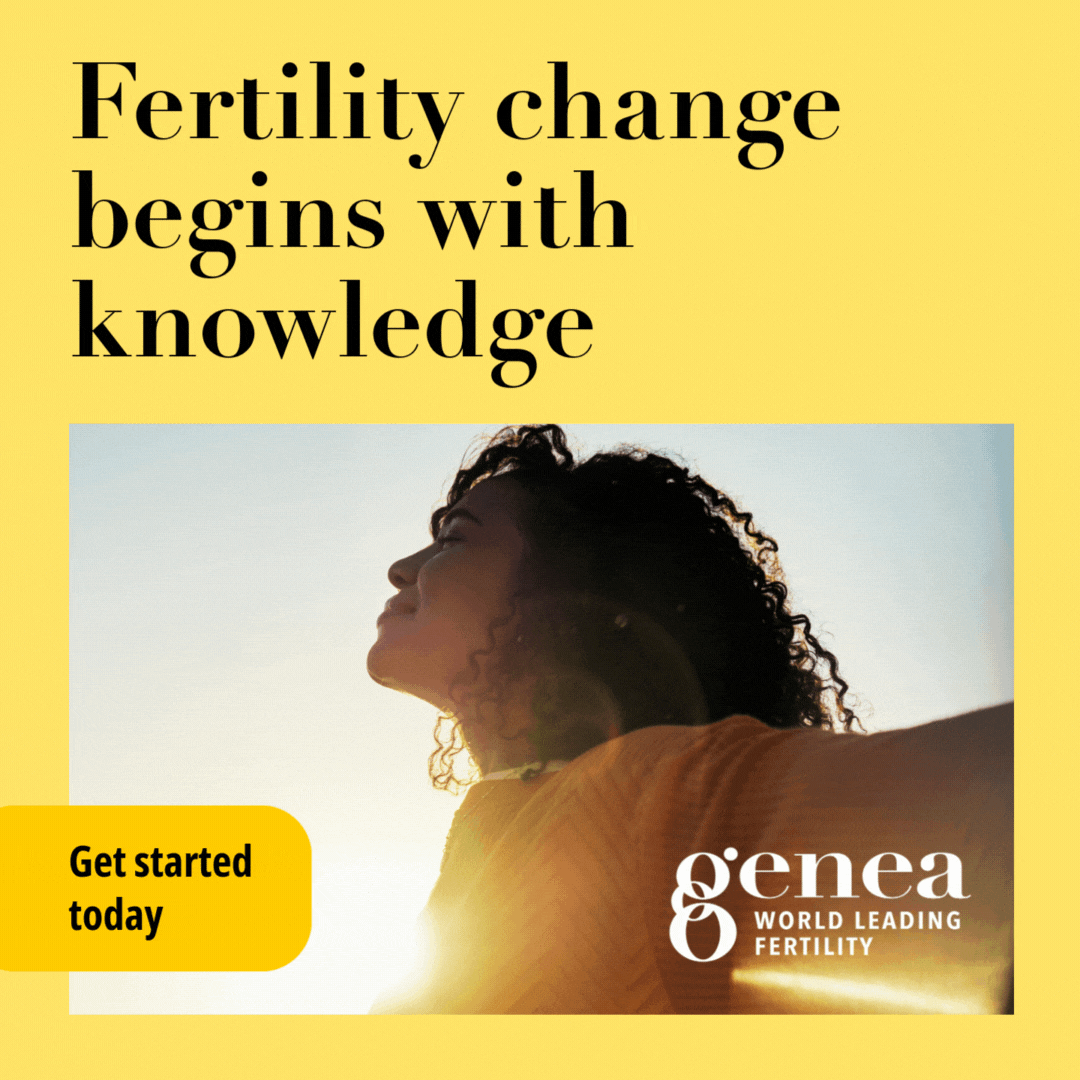A new study has added to the mounting evidence that climate change affects women disproportionately, with data showing that women experience heat-related losses by 260 per cent, compared to 76 per cent for men.
Conducted by the Adrienne Arsht-Rockefeller Foundation Resilience Centre at the Atlantic Council (Arsht-Rock), the study shows that women are at much greater risk from extreme heat both health-wise and economically.
In their press release, Arsht Rock said: “The inclusion of unpaid work in our analysis increases the estimate of heat-related losses women experience by 260 per cent, in contrast to 76 per cent for men.”
“These losses bear heavily on the well-being of women and their families and have knock-on impacts across societies on basic needs such as childcare and family nutrition. Furthermore, over the longer term, they will inhibit female education, labour market inclusion, and broader economic development.”
Researchers examined three countries– India, Nigeria and the United States– to consider geographically and socioeconomically-different places.
Director of Arsht-Rock, Kathey Baughman McLeod says the number one thing pushing women back into poverty is the climate impacts of heat and floods.
“Heat affects the health of women. It affects the health of everybody, but it’s disproportionately burdening women, physiologically, culturally, the clothes that we wear, responsibilities we have culturally.”
The study also found the economic loss each year in heat-related losses to women’s paid labour equates to around $USD120 billion (roughly $AUD180 billion).
If sufficient steps to mitigate and adapt to climate change aren’t taken, further estimates show this number could reach $USD500 billion (roughly $AUD750 billion).
These financial losses will impact women most as the gender pay gap is still alive and present. The Atlantic Council reports women earn 20 per cent less than men on average worldwide.
Here in Australia, the Workplace Gender Equality Agency’s (WGEA) latest figures show the gender pay gap at 13.3 per cent, and the conversation around the climate load’s impact on women is ongoing.
In March of this year, Women’s Agenda released a comprehensive report highlighting the many pressures making up the climate load for women, including the anxiety women feel about climate change, women’s financial security, increased risks of domestic violence, sexual harassment,and discrimination.
Heatwaves and heat stress were shown to have particularly problematic impacts on women’s health, which disrupts their ability to work and provide economic output.
Research shows prolonged exposure to bushfire smoke increases the risk of pregnancy complications, including high blood pressure, gestational diabetes, low birth weight and premature birth. Access to contraception and abortion services is disrupted during climate emergencies as well.
Women are also more likely to die during heat waves than men and the risks to older women during urban heat waves are significant.
As more intense and more frequent natural disasters occur in Australia, the Human Rights Watch urged all levels of government, in 2022, to protect populations against the real harms of heatwaves exacerbated by climate change.
Evidence shows climate impacts are even heavier for Indigenous and Torres Strait Islander women, as well as for migrant and refugee women, for women with a disability for single mothers and women who are already contending with poverty.
One respondent in Women’s Agenda’s survey put it simply: “Climate change is already creating chaos in our society. And women bear a disproportionate burden of labour when systems in the family unit or workplace are in chaos. Put simply, more chaos = more work for women.”


